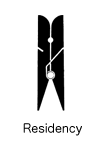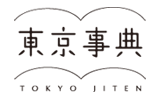Residency Report
Sudjud Dartanto - Yogyakarta, Indonesia based Curator
Arts Initiative Tokyo (AIT), Tokyo, Japan.
Curatorial Interest
My curatorial practice is mainly focused on issues of identity in social history and memory (personal and collective), and how such issues are presented in various forms, from two to three dimensional works, from analog to trans and new media.
I am also interested in the idea of Relational Aesthetics, as proposed by the French curator, Nicolas Bourriaud. It is interesting to see how Bourriaud has been a source of provocation in the art world, and there are many arguments both in his support and opposition. In my opinion, it is important to first consider both curatorial and art practice, as the notion of Relational Aesthetics indicates that the production of art, as well as curatorial practice, are trying to free themselves from old methods and conventions.
Art aims to seek an audience, space, and place. Art itself is then dependent on the context and type of discourse. It's like a game; how to view others, and how others view us, yet the question remains as to what can be learnt from the notion of Relational Aesthetics, particularly in our local, non-European context?
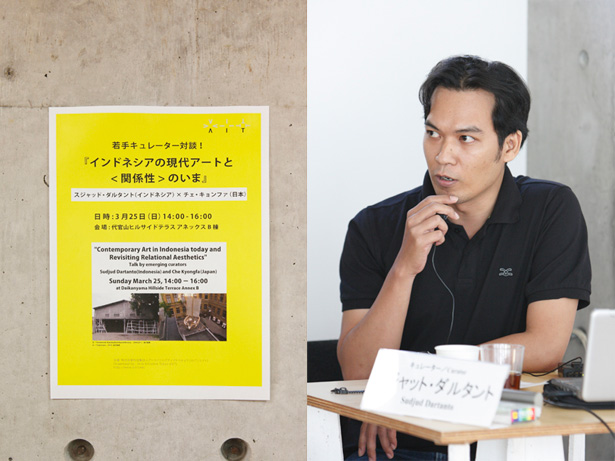
photo by: Yukiko Koshima
Observations
From my perspective, contemporary art in Tokyo is dynamic, with artists exploring current conditions in terms of local and global issues, such as individual consciousness (memory) and its relationship with collective memory. In turn, their works show traces of history, both from a conventional and alternative perspective. As one of the centres of the art world, Tokyo plays an important role in facilitating shows and projects that involve international exchange. Local contemporary artists are welcome to explore possibilities to collaborate and work on cross-disciplinary projects.
At first, Tokyo seemed similar to Indonesia, however in Indonesia the funding bodies are fewer and not quite as strong, and so artists must often be self-funded. This can result in the basis of contemporary art practice being different in comparison to western countries, Australia and Japan. Whilst some contemporary artists in Indonesia are successful in the art market, many are still struggling to find support independently.
This reminds me of super structure and base structure from the Marx point of view, in that the artistic/aesthetic idea cannot be separated from the mode and relations of production. I grounded the notion of Relational Aesthetics in the relations of production, that is, how art practice reflects the relational.
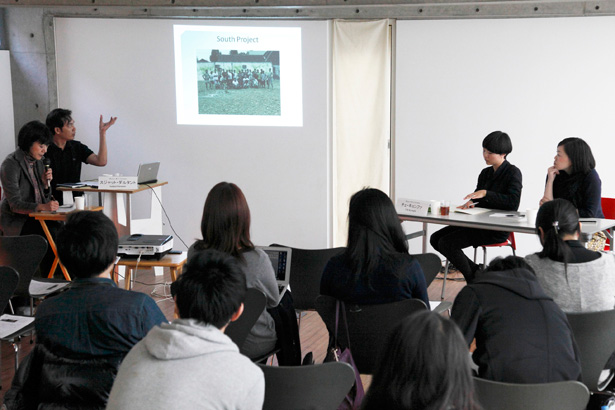
photo by: Yukiko Koshima
Art in Japan
From my impressions, everything seems very well ordered in Tokyo. I saw that in Japan, contemporary artists contributed in the wake of the tsunami and earthquake tragedy. From that point of view, I think that creativity is related to the contemporary condition and can offer solutions to society. I think that this is a way that art can provide a significant contribution to society. Art is not only an intellectual exercise, but also has an impact on the audience and society.
I am optimistic that relational consciousness can be a way of keeping art from its intellectual and technical limitations, and that Relationality can open up many possibilities, where artists can work with others from different disciplines and backgrounds. I believe that art can be a friend to the city or a remote area, and can be the basis for society's hopes and dreams.
Activities of other Artists in Residence
I enjoyed seeing an interesting presentation from Ksenia Galiaeva (AIT Artist in Residence from The Netherlands), as she is interested in making a bridge between the present and past tense, a dialogue amongst history, mixed with her personal memories. Additionally, the exhibitions by various collectives at 3331 Arts Chiyoda were also impressive, as they presented works that connected society with art. I also visited ARCUS Project in Ibaraki, where the artist had placed some objects in unexpected places around the studio in an attempt to make new relationships with a non-white cube space. During my stay, I also had the chance to visit Sendai on a research trip, visiting 'birdo flugas' and viewing the exhibition "How Did Architects Respond Immediately after 3/11" at Tohoku University. Visiting various museums, galleries and Art Fair Tokyo opened my eyes to the state of contemporary art in Japan.
Conclusion
I believe that art can bridge gaps, encourage communication and exchange, and transform messages. Japan and Indonesia should aim to maintain a dialogue, and keep considering their uniqueness, characteristics and local context.
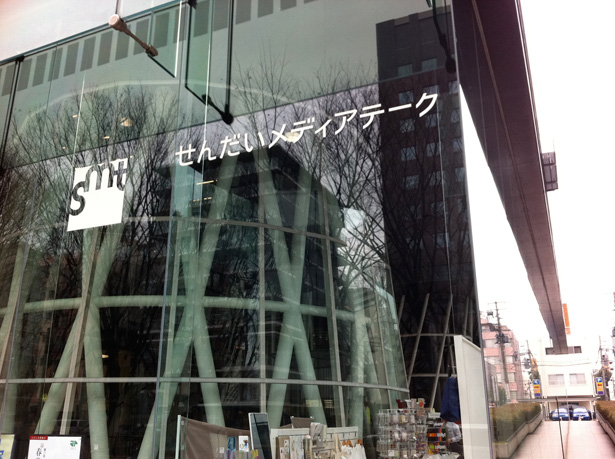
Influence on my Future Curating Plans
As curator of the Jakarta Contemporary Ceramic Biennale (JCCB) in December 2012, I have invited Professor Chitaru Kawasaki to exhibit works, and intend to invite several Japanese ceramic artists to the following JCCB, to be held in 2015. Additionally, my experience in Japan has inspired me to try to establish an exchange program between Indonesia and Japan, focused on introducing interdisciplinary artists.
Back to Agency of Cultural Affairs


